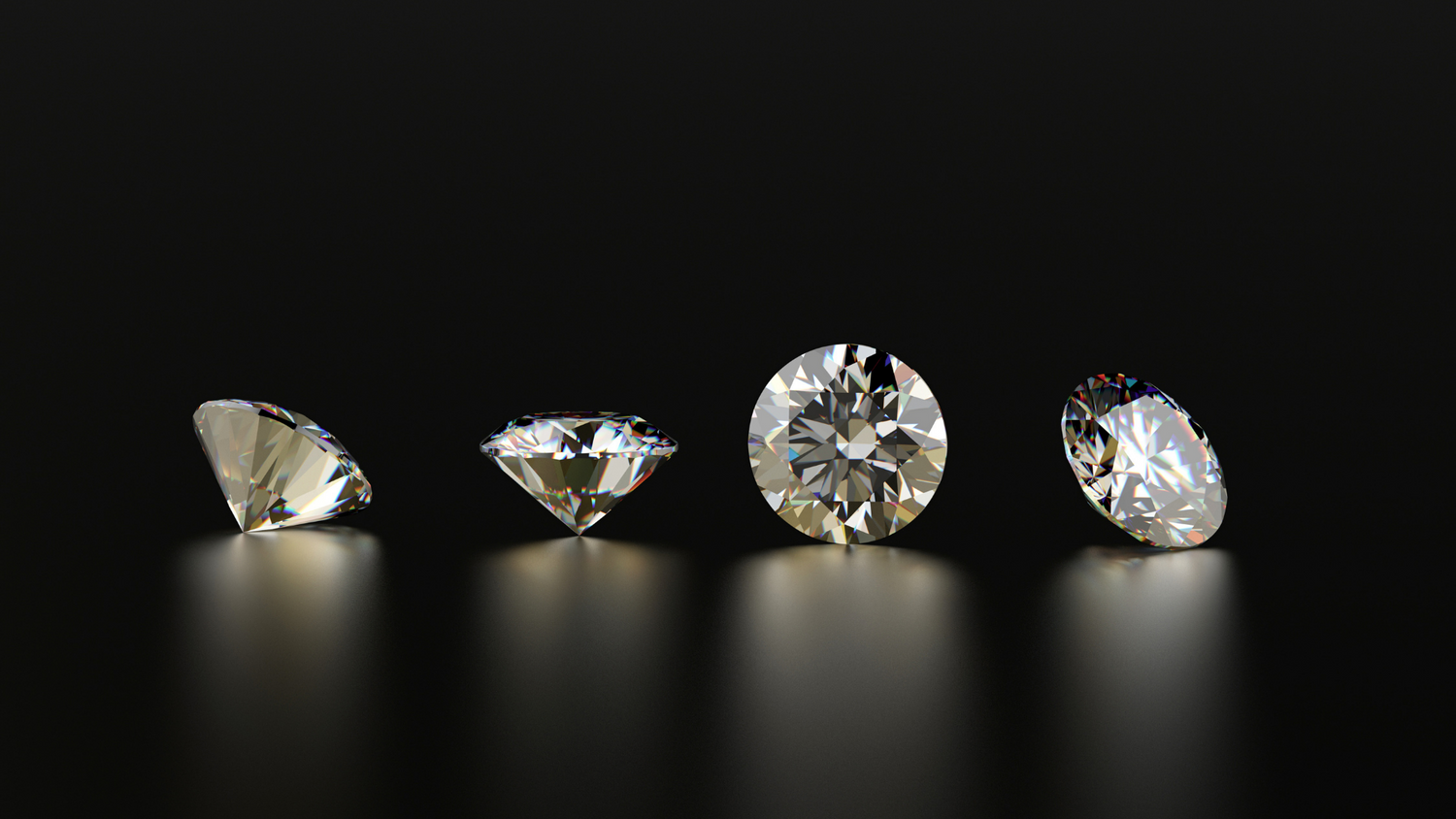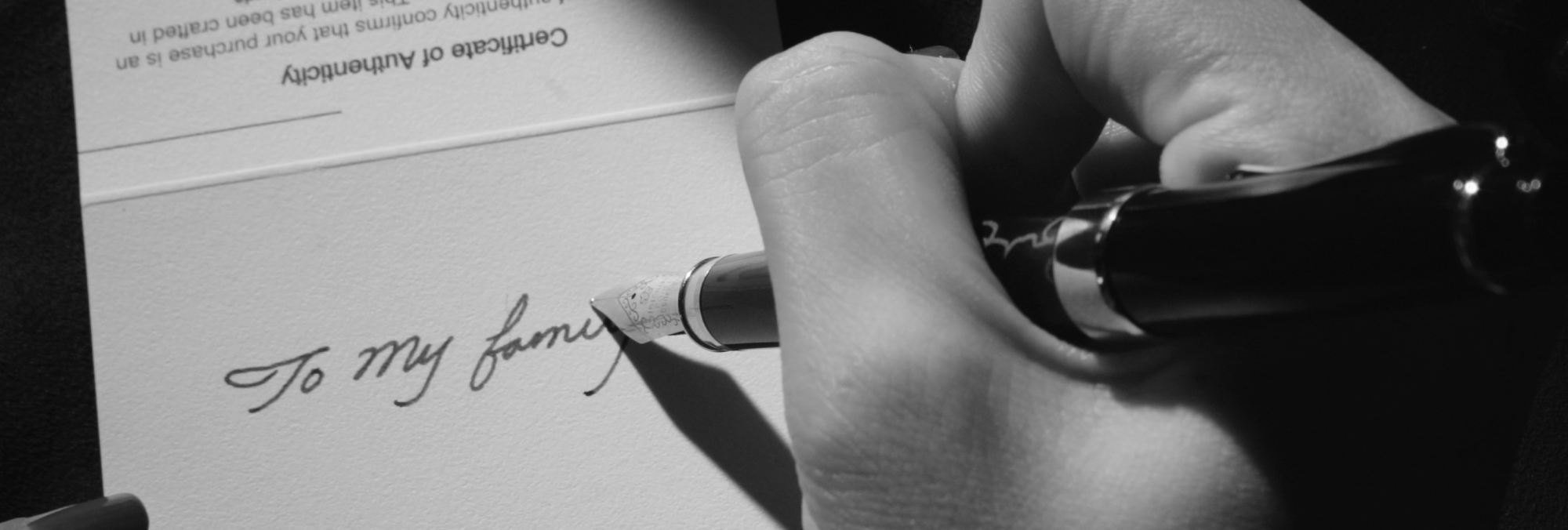I’ve gone wedding ring shopping with enough buddies to know that no two diamonds are exactly alike. But even knowing that, it’s hard to know exactly why one diamond looks different from the other. Aside from diamond cut, what makes a diamond different from its peers? The answer is diamond clarity.
A diamond’s grade is determined by the 4 C’s: clarity, color, carat, and cut. Most of these are pretty self-explanatory, but clarity is harder to tell by the naked eye. That’s where the diamond clarity scale and diamond clarity chart come in.
What is Diamond Clarity?

Diamond clarity is a catch-all term to describe anything in a diamond that affects how it catches the light. A perfect diamond perfectly sparkles in the light and has nothing to obstruct that. But of course, few things in life are perfect. So when buying a diamond, one of the key factors to consider is what level of clarity you want.
When a gemologist evaluates a diamond to determine its clarity, they consider the diamond’s inclusions, transparency, and any blemishes on the surface. An inclusion is any material that’s been trapped inside the diamond while the diamond was forming. Sometimes they can be seen to the naked eye and sometimes they can’t. Diamond graders evaluate diamonds for quality using 10x magnification.
Depending on what the gemologist sees, they’ll give the diamond a rating on the GIA clarity scale:

Flawless (FL)
The diamond is free of inclusions and blemishes, as determined by a qualified diamond grader.Internally Flawless (IF)
The diamond has some blemishes, but no inclusions.Very, Very Slightly Included (VVS1 and VVS2)
The diamond has inclusions, but they’re difficult for even a skilled grader to see.Very Slightly Included (VS1 and VS2)
The diamond has minor inclusions that can range from difficult to relatively easy for the grader to see.Slightly Included (SI1 and SI2)
The diamond’s inclusions are easily visible to the grader.Included (I1, I2, and I3)
The diamond’s inclusions are clearly visible under magnification. These might affect how it catches the light.
What can Affect Diamond Clarity?

Size
The size of an inclusion is the most important factor in determining diamond clarity. Obviously, the larger the inclusion, the greater the impact on clarity. This is also relative to the rest of the diamond’s size.Number
How many inclusions a diamond has matters as well. While a single small inclusion won’t drastically affect a diamond’s clarity rating, several small inclusions will add up and can affect a diamond’s overall look.Location
The table facet is the largest facet on the diamond. In most cuts, it’s the flat, central facet. An inclusion on the table facet will have a big impact on the diamond’s overall clarity. Some cuts can conceal inclusions in other parts of the diamond. All of this factors into the overall rating and the diamond’s appearance.Relief
“Relief” is a term for the level of contrast in color of the inclusion compared to the rest of the diamond. Some inclusions are translucent or white-colored, which will have less of an impact on a white diamond than black or gray inclusions. Inclusions with little impact on the diamond’s appearance are said to have “low relief.”Type
There are several types of inclusions, and their type matters in terms of clarity.Twinning wisps are white strain marks that form if a diamond shifts the direction it’s growing in while it’s developing. They’re very visible and have a big impact on clarity rating.
Pinpoints are tiny crystals inside the diamond. They’re barely visible under 10x magnification, so they usually have very little effect on the diamond’s clarity.
Feathers and chips can have either a large or minor impact on diamond clarity, depending on their location and size. A few minor feathers can have little impact on a diamond’s sparkle. But large feathers can crack the diamond, which will drastically decrease clarity. Similarly, a large chip will have a large impact on clarity.
How to Use the Diamond Clarity Scale to Choose the Right Diamond




